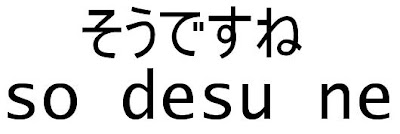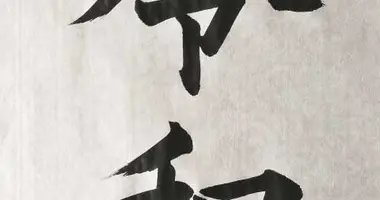So Desu ne meaning: Understanding the versatile Japanese phrase
- Published on : 06/03/2024
- by : Japan Experience
- Youtube
The Japanese phrase "desu ne" is commonly encountered by learners of the language, but its various meanings and uses can be confusing at first. "Desu ne" is a versatile expression that can convey agreement, presumption, and soften statements depending on the context and intonation. Understanding the different ways "desu ne" is employed will help Japanese learners communicate more naturally. This article breaks down the key meanings of "desu ne" with examples to illustrate how it's used in real conversations.
The basic structure and literal meaning of "desu ne"
Let's start by examining the components of "desu ne". "Desu" is the polite form of the verb "to be", similar to "is/am/are" in English. "Ne" is a sentence-final particle that seeks confirmation or agreement from the listener, like using "isn't it?" or "right?" in English. So the literal meaning of "desu ne" could be translated as "it is, isn't it?". However, "desu ne" takes on additional meanings based on the situation.
Using "desu ne" to seek or presume agreement
A common use of "desu ne" is to seek agreement from the listener about a statement. The intonation influences whether the speaker is asking for confirmation or presuming the listener already agrees. With a rising intonation, "desu ne" becomes a question seeking agreement:
- きれいですね? (Kirei desu ne?) - It's pretty, isn't it?
With a flat or falling intonation, the speaker presumes the listener's agreement:
- 景色がきれいですね。 (Keshiki ga kirei desu ne.) - The view is beautiful, isn't it.
The versatility of "sou desu ne" and its many possible translations
When "desu ne" follows "sou" (meaning "that way"), it becomes sou desu ne which is even more versatile. Sou desu ne can express anything from complete agreement to doubt to simply encouraging the speaker to continue. The meaning greatly changes based on the tone and context. Some possible translations include:
- "That's true, isn't it?"
- "Oh, is that so?"
- "I see."
- "Go on..."
Sou desu ne is a great phrase to build upon because its vagueness allows the conversation to move in different directions. When a dialogue partner says something you're not fully sure about, sou desu ne can be a neutral, harmonious response.
"Desu ne" as a softener for declarative statements
Japanese speakers, especially women, may add "desu ne" to the end of a sentence to make a statement sound less blunt or assertive. Compare these two sentences:
- 今日は寒いです。(Kyou wa samui desu.) - It's cold today.
- 今日は寒いですね。(Kyou wa samui desu ne.) - It's cold today, isn't it.
The second one with "desu ne" softens the statement and makes it sound more intimate or friendly. Using "desu ne" this way demonstrates social awareness and politeness.
"Desu ne" as a conversation filler or encouragement to continue
In some cases, sou desu ne acts as a filler or conversation lubricant, similar to "uh-huh" or "I see" in English. It doesn't necessarily mean you agree, but rather signals you're listening and encouraging the speaker to continue. You can sprinkle sou desu ne into a conversation to indicate interest without interrupting the flow.
Mastering the use of "desu ne" through exposure and practice
The various meanings of "desu ne" may seem overwhelming at first, but with continued exposure to real Japanese conversations, you'll start to pick up on the different nuances based on context and tone. Watching Japanese dramas, listening to podcasts, or talking with native speakers will help attune you to the subtleties of "desu ne". Don't be afraid to use "desu ne" yourself, even if you're not completely sure - most Japanese people will appreciate your effort to speak naturally and forgive minor mistakes. Over time, sprinkling "desu ne" into your speech will sou desu ne become second nature!
In conclusion, "desu ne" is a handy phrase that can make your Japanese sound more fluent and natural once you grasp its range of meanings. It's a sou desu ne subtle yet powerful way to build bridges with your conversation partners. With practice and exposure, you'll gain an intuitive understanding of sou desu ne when and how to use "desu ne" to express yourself fully in Japanese. Happy learning and 頑張ってください!
For more on Japanese communication quirks and customs, check out our article on the Japanese language of wisdom and women. And if you're looking for an engaging textbook to build your core Japanese skills, try Japanese For Busy People.










